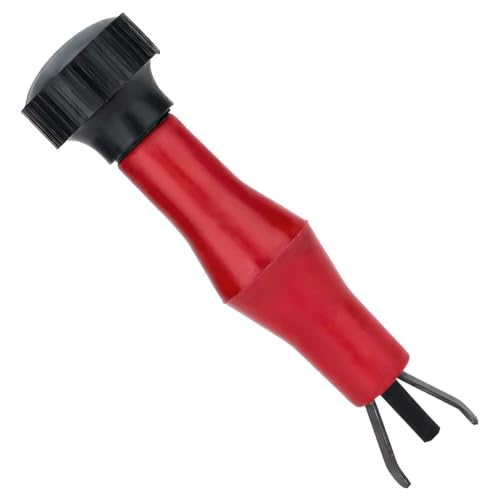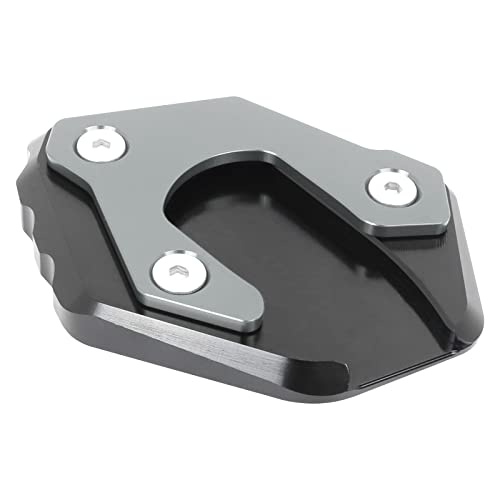Power Commander does not usually add full-throttle HP to any bike, because stock bikes are usually setup for sufficient fueling at full-throttle (although probably a bit rich to be on the safe side). Where it does help on a stock bike is in the partial throttle areas where the bike is running a bit lean to help it meet emissions requirements.
The Power Commander should not be thought of as power modification, but as a tool to properly configure your bike for use with other power modifications (intake/exhaust mods, etc). The fuel map provided with the Power Commander will increase smoothness and responsiveness in some partial throttle areas on a stock bike, but it's not really going to be the perfect map for your bike because all bikes are a bit different.
If you plan to never modify your intake/exhaust, then I would say that the PCIII with the provided map (or one of the variations of the "smoothness" map for a stock FJR) will probably be the best value. If you plan on making changes to intake/exhaust, then there's only 2 choices in my opinion:
- Make all of your modifications at one time and pay for a PCIII and a custom tune on a dyno. Plan to never make any intake/exhaust changes ever again because then you would need a new custom tune.
- Buy a PCV + AutoTune, or a Motty AFR Tuner (if you like splicing and soldering wires), and let the bike continuously tune itself. This option is not a magic cure-all. It's a tool that you have to be willing to learn how to use properly. Once you learn how it works, you can customize fueling in terms of air/fuel ratios and let the system automatically tune itself to your settings. You can make as many intake/exhaust changes as you want, in any order, at any time, and the system will adjust itself to maintain the air/fuel ratios you specify.
There's not much difference in cost between the above 2 options, so it really depends on whether you want to just get it all taken care of at once without having to learn anything about tuning (option 1), or if you are actually interested in tinkering with your bike and willing to learn a bit about tuning so that you can configure a self-tuning system by yourself. I wouldn't count on a tuning shop to setup a PCV + AutoTune properly for you; they will probably just install it with default settings and send you on your way. If they're really clueless, they might even insist that they must tune it on the dyno.
Many people will buy a PCIII, make changes to intake/exhaust, then just try several fuel maps that are deemed to be "close enough" and choose one based on how it "feels". I personally don't like this approach. If I'm going to modify my bike, I want to be sure that the proper amount of fuel is provided to match the change in airflow through the engine.
Here's some links to some Motty AFR Tuner info. Many of the concepts involved with the Motty also apply to the PCV + AutoTune setup (big exception is that the PCV installation is much easier: plugs into factory wiring connectors).
General Motty info and installation:
https://www.fjrforum.com/forum/index.php?showtopic=113507
Getting both power/smoothness and good gas mileage:
https://www.fjrforum.com/forum//index.php?showtopic=123878
And here's a long discussion about someone's experience with the PCV + AutoTune. From my involvement in the discussion, it seems like he still hadn't quite figured out exactly how the auto-tune portion worked. He did run into a similar hesitation/stalling problem I had with my Motty. This'll give you an idea about what kind of stuff you'll have to be willing to learn about and experiment with if you want to take full advantage of the system. I believe the final result of this discussion was that he returned everything back to default settings because it "just worked" that way, but I believe he's not actually getting a full custom tune with default settings:
https://www.fjrowners.ws/phpbb2/viewtopic.p...asc&start=0
If you have no desire to learn about that stuff, then I suggest sticking with a traditional system (PCIII, or PCV without AutoTune) and paying for a custom tune on a dyno.































































